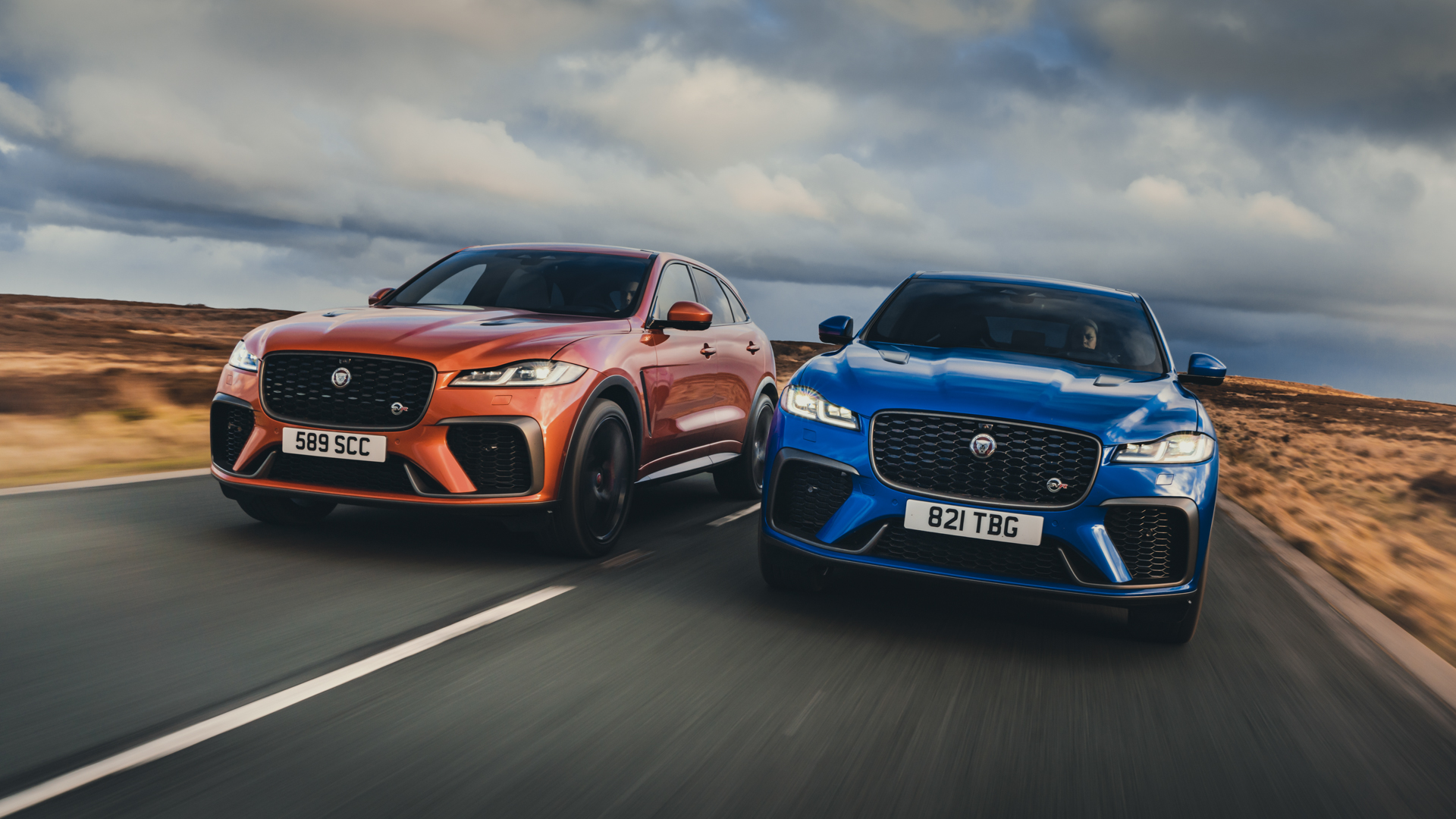

If you’re a fan of New York sports, you know what a rebuilding year is. As painful as it can be for fans, sometimes a team just needs to willingly endure a crappy season while it trades expensive players away, collects draft picks, and frees up salary cap space so it can inject itself with quality youth the following year. That’s sort of what Jaguar is about to do and, unlike New York sports teams (I’m looking at you, Giants), it isn’t hiding it.
Last month, Jaguar admitted that it’s going to kill off almost all of its models, excluding the F-Pace SUV. That means the gorgeous F-Type coupe and XF sedans are goners, along with the milquetoast E-Pace and aging electric I-Pace, and rebuild itself as an all-electric brand. Why is Jaguar taking an axe to its lineup? “They’re all close to zero-profitability products,” said Jaguar boss Adrian Mardell, according to Autocar.
The Indian-owned British car company is apparently going to throw its current lineup in the trash around December, when it’s planning to unveil an electric four-door GT concept that’s supposed to lead the way for its future offerings. The eventual production car is rumored to have 435 miles of range, more than 575 horsepower, and very fast charging. However, the production version won’t kick off Jag’s electric conversion until 2026, which means that Jaguar won’t be launching or selling any new vehicles for an entire year in certain European markets and at home in the U.K. Customers there will still be able to buy used Jags, as well as aftersales parts, “but yes, there will be a period where you will not be able to buy a [new] Jaguar,” Jaguar managing director Rawdon Glover told Autocar.

Per Autocar, this new four-door GT will not only cost more than $100,000 but also push the entire Jaguar brand into a more expensive, premium market, too. Following the six-figure four-door, Jag is reportedly going to launch an electric SUV and luxury sedan to rival Bentley’s Bentayga and Flying Spur, respectively.
“We’ve chosen a value over volume game, which is why we’ve gone to the price points we’ve gone to,” said Glover. “I wouldn’t say the EV market development is irrelevant, but I think it’s less relevant than perhaps it would be if I was in more of a commoditized volume segment.”
That exclusivity is just one of the reasons why Jaguar thinks it can cut through an electric vehicle market that many premium European brands are starting to cool on. While Mercedes and BMW are rethinking their EV strategies a bit, Jaguar also thinks it can differentiate itself among EVs with great designs. According to Glover, premium electric vehicles “all look quite similar because they’ve spent too long in a wind tunnel, for range purposes.
“If we look at it, it’s quite a homogenous sector, and I suspect that might be part of the reason why the BEV sector stalled a little bit. Actually, what you want to do is make a car that actually challenges some of those conventions.”

These new electric Jaguars will reportedly look like nothing else on the road, nor will they look like previous Jaguars. Even the iconic “Leaper” hood ornament is getting a redesign. However, it’s rumored that the new crop of electric Jags will frustratingly lack rear windows, like the Polestar 4. The idea of taking an entire year off to rebuild oneself might seem like suicide for an automotive brand, even when the current lineup isn’t exactly raking in cash. It may be necessary, but seeing a storied carmaker go through a rebuilding year like the Jets have every season since 1970 feels weird.
Got tips? Send ’em to tips@thedrive.com